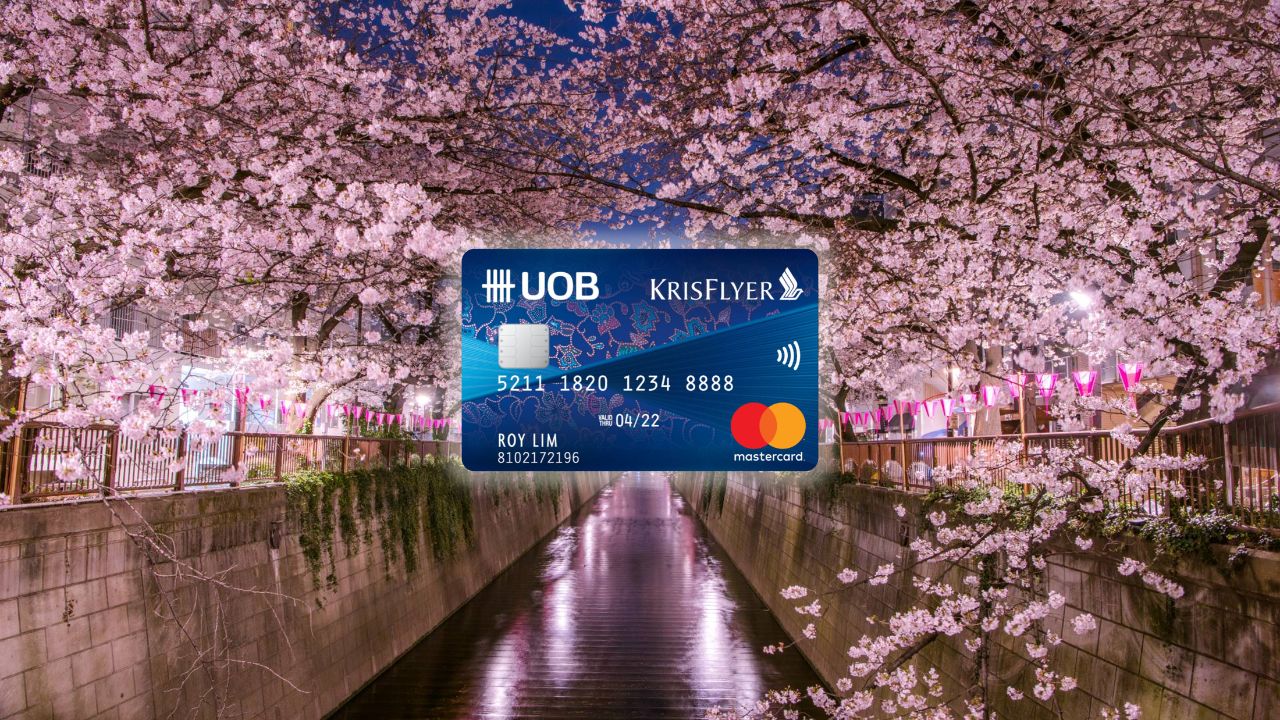Source:
ChatGPT:
Cobrand cards, issued by AMEX and UOB, link directly to KrisFlyer. They offer automatic monthly transfers with no fees, eliminating wait times when award seats appear. They also provide perks like fast-tracks to KrisFlyer Elite Gold or Silver, Scoot privileges, and occasional redemption discounts. However, their earn rates are weak. AMEX KrisFlyer cards typically give only 1.1–1.3 miles per dollar (mpd) on general spend and 2 mpd on SIA, Scoot, and KrisShop. The KrisFlyer UOB Credit Card does better, with 3 mpd on SIA-related spending and 2.4 mpd on dining, shopping, travel, and transport—but still trails the best alternatives.
Non-cobrand cards shine for miles maximizers. Popular options like the UOB Preferred Platinum Visa, Citi Rewards, DBS Woman’s World, and HSBC Revolution earn up to 4 mpd on everyday spend, albeit with caps. More importantly, bank reward points can be transferred not only to KrisFlyer but to other frequent flyer programmes, unlocking sweet spots like redeeming the same Singapore–Bangkok business class seat for 20,000 miles via Aeroplan versus 24,000 via KrisFlyer. Bank points also generally last longer—some never expire—giving more time to build balances before airline devaluation risk.
The catch? Transfers may cost up to S$25 and aren’t always instant. Yet, the higher earn rates and flexibility usually outweigh this inconvenience.
In summary, non-cobrand cards are superior for rapid, flexible mile accumulation. Cobrand cards suit those who prefer simplicity, automatic transfers, and SIA-linked perks. A balanced strategy is to use non-cobrand cards for everyday spend while holding one cobrand card for niche benefits or uncapped earn opportunities.

No comments:
Post a Comment